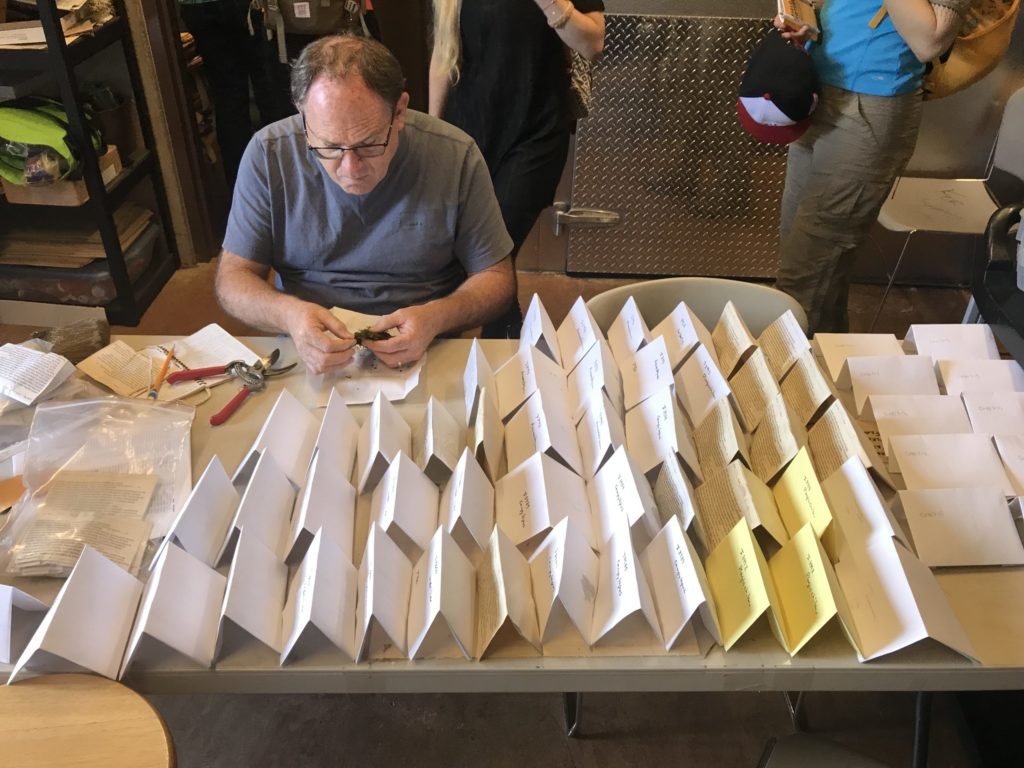The United Nations has declared 2020 as the International Year of Plant Health. In recognition of this timely and timeless theme, and with the understanding that the health that all life on this planet is dependent on plant health, David Lorence discusses how NTBG contributes to protecting and advancing plant health.
Protecting plant health can help alleviate hunger, reduce poverty, safeguard the environment, and boost economic development. However, protecting plant health depends on correctly identifying and naming plant species. If we don’t know the correct names of plants, how can we know what we are conserving? This applies to all plants, not only to those cultivated for food, fiber, medicine, or as beautiful ornamentals, but also countless less well-known species that are essential to the health of natural ecosystems.
Help NTBG preserve biodiversity and plant health for future generations. All donations made before December 31 will be matched up to $100,000
As our planet’s biodiversity faces a grave, growing risk, centers of research excellence in systematics like NTBG have vital role to play. Natural history and plant collections in particular, play a crucial role in research, education, and public outreach. Collections of plant specimens (herbaria) are the foundation for all studies of plant diversity and evolution. A herbarium is a critical resource for biodiversity, ecological, and evolutionary research studies. Herbaria, like other natural history collections, are the essential resources for taxonomy (naming and classification) and the study of biodiversity. A herbarium is like a library, but differs in that the information is stored in a biological form as pressed, dried, and accurately identified plant specimens.

A herbarium is a primary data source of dried and labeled plant specimens that are arranged for easy retrieval access and archival storage. Herbaria may be digitized (as we do at NTBG), making the label data and even images of the specimens available online through databases.
Collectively, herbarium specimens provide enormous economic and scientific returns to society and are irreplaceable resources that must be preserved for future generations. All fields of biological science, from the level of molecular biology to ecosystem science and species conservation, are dependent on natural history collections, not just for application of names, but as the basis for referencing all aspects of biodiversity. These are but a few of the ways that herbaria, and the work we do, help promote plant health.”